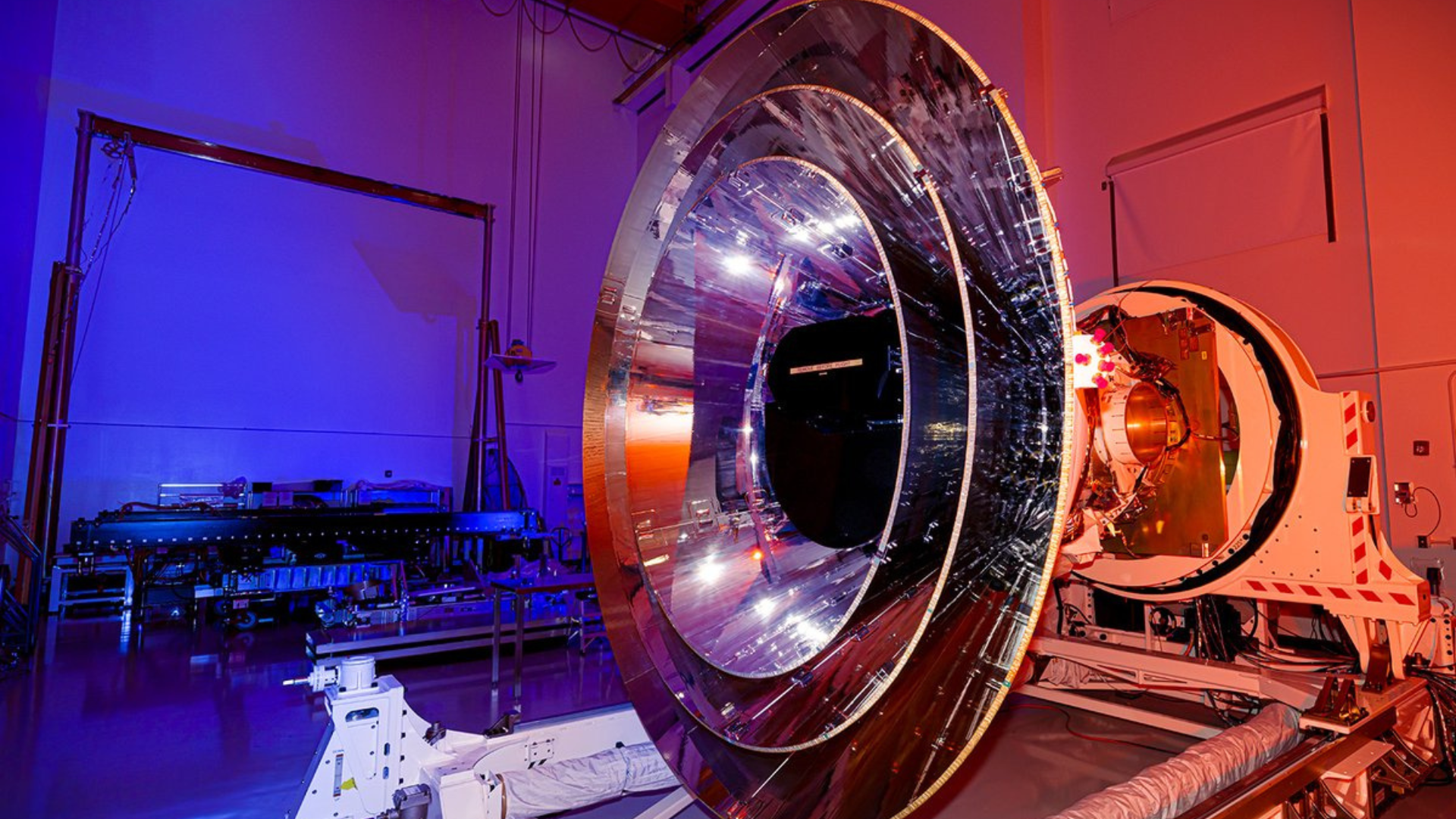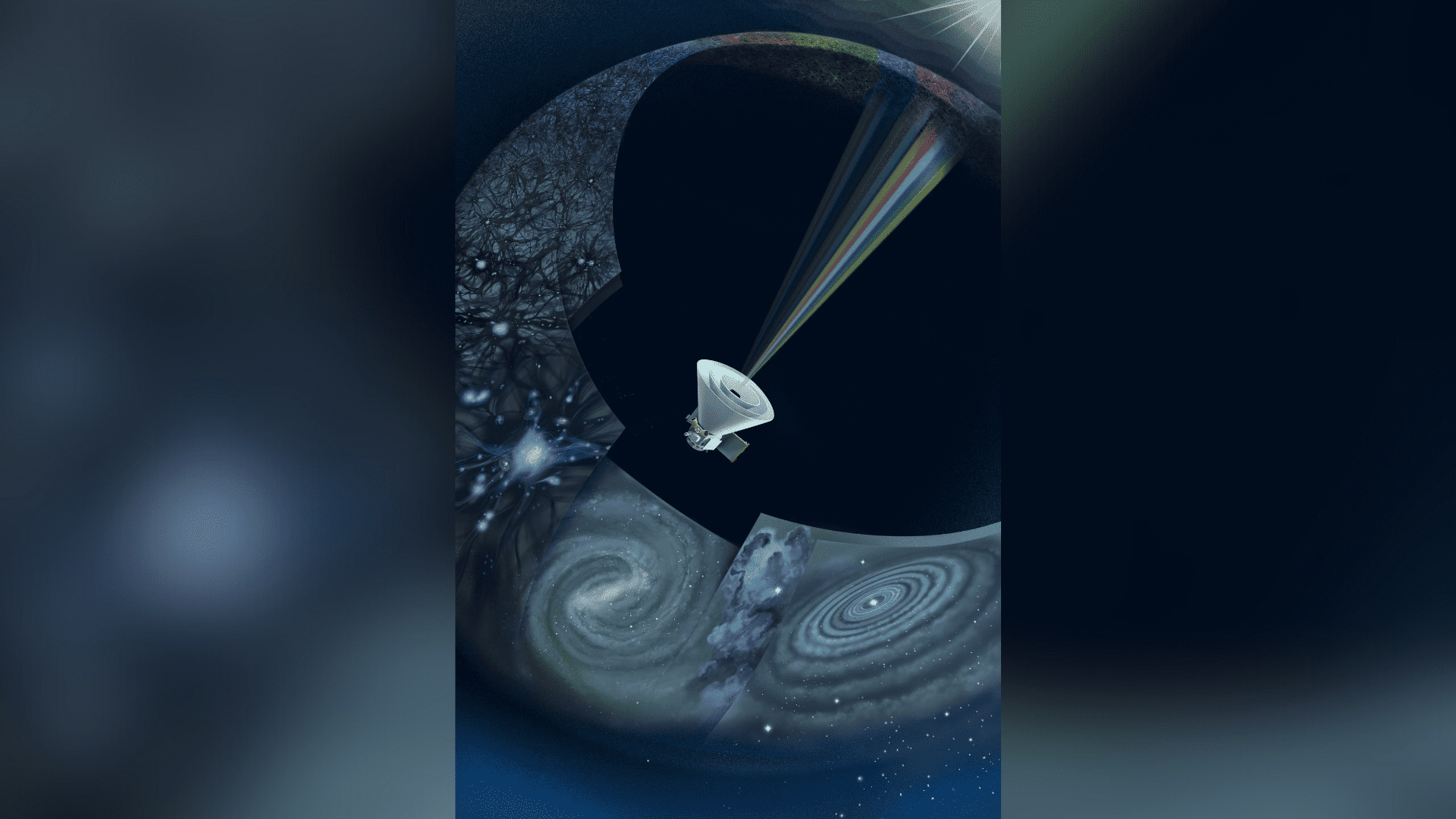An upcoming NASA mission will soon travel to the cosmos to chart the skies in a way that has never been done before. The cone-shaped spacecraft called SPHEREx, which stands for Spectro-Photometer for the History of the Universe, Epoch of Reionization, and Ices Explorer, will capture a unique 3D map of hundreds of millions of galaxies in our universe.
One major question looms over the mission: How did our universe come to be? It’s among several massive questions that the mission hopes to unravel.
One of SPHEREx’s tasks will be finding new clues to a much studied theory called cosmic inflation. While a complex theory, it essentially states that our universe expanded a “trillion-trillion-fold” in the snap of a finger. For cosmologists, it’s not a matter of if but how.
SPHEREx

JPL manages the mission, which Caltech manages for NASA. Caltech’s IPAC Astronomy will operate the mission’s data center and process the data, which will be made publicly available through the NASA IPAC Infrared Science Archive.
SPHEREx has three primary goals, in no particular order of importance. First, the mission will explore the origins of water and organic molecules in planetary systems. Second, SPHEREx scientists will study the history of galaxy formation. Finally, the mission will explore the mechanisms behind cosmic inflation, which is informally referred to as the “bang” in the Big Bang.
The mission aims to achieve these goals by mapping the sky four times over two years. According to CalTech, the mapping will capture detailed information for “every point, or pixel, on the sky.” SPHEREx will observe each point’s infrared light in a rainbow of 102 colors, which are not visible to the human eye. These colors range in wavelength from 0.75 to 5 microns. To put that into perspective, a red blood cell is about 5 microns, according to the National Geographic Area Coordination Center.
“We will look at everything in the sky and get a spectrum for every pixel no matter what is there—comets in our solar system, planets, stars, galaxies,” said Olivier Doré, the project scientist for SPHEREx at JPL. “We expect our data set to expand our broad knowledge of the cosmos.”
Mapping the Universe

As we mentioned before, the mission will capture the first 3D map of the vast web of galaxies that spread across the observable universe. “It’s like mapping a new territory or world,” Doré said.
“The clumpiness in galaxy positions is tied to quantum fluctuations in the early universe when it was unfathomably tiny and hot,” said Phillip Korngut, the mission’s instrument scientist at Caltech. “We are making precise measurements of galaxy density variations and then will tie that back mathematically to what happened in the early universe.”
According to NASA, SPHEREx will launch no earlier than Thursday, February 27.







